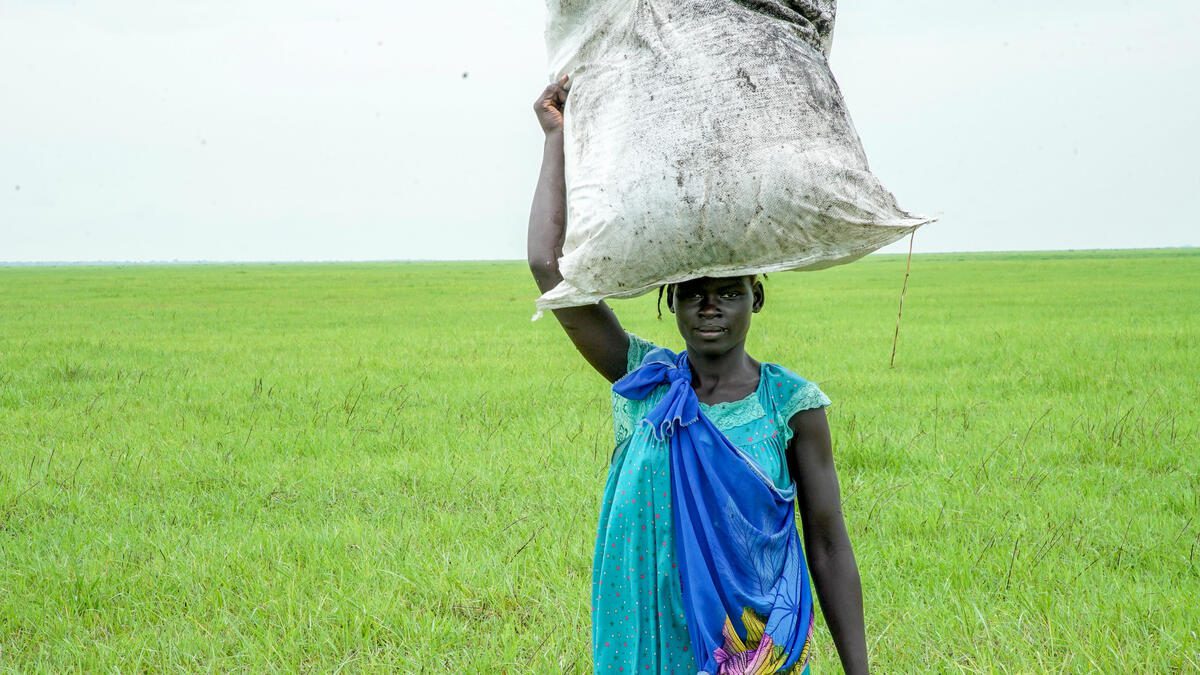Conflict
When War Hits, Hunger Strikes Harder
 WFP/Arete/Utaama Mahamud/2024
WFP/Arete/Utaama Mahamud/2024Conflict has pushed millions of people into alarming levels of hunger. We urgently need your help to send them food and save their lives.
How Conflict Drives Hunger
Conflict forces families from their homes, destroys economies, ruins infrastructure and makes food nearly impossible to find or afford. As the recipient of the 2020 Nobel Peace Prize, the United Nations World Food Programme is there before, during and after upheaval to help families survive and recover.
65%
of the world’s hungriest people live in conflict-affected areas.
120 Million
have been displaced from their homes by persecution, conflict or violence.
#1
Conflict is the primary driver of hunger in the world.
World's Worst Conflict Zones
 WFP/Leni Kinzli
WFP/Leni KinzliCauses of Hunger
Destablization
When violence erupts, it sends shock waves through the region. Infrastructure is destroyed, imports cease, inflation rates rise, currency devalues, roads are cut off and jobs are lost. All of this makes it exceedingly difficult for people to find enough food.
Where there is conflict there is hunger, and where there is hunger there is often conflict.
Displacement
Next, when it’s no longer safe at home and people can’t make ends meet, many of them have no choice but to leave – often bringing only what they can carry. Without resources, finding food in isolated, often bleak environments, becomes even harder.
Today, conflict, violence and persecution have driven over 100 million people away from their homes.
Malnutrition
Finally, the combination of destabilization and displacement almost inevitably leads to hunger, which is especially cruel to children. A child living in a country ravaged by violence is more than twice as likely to be malnourished and to be out of school.
How We Work in Conflict Zones
See how we sow peace and save lives. The United Nations World Food Programme (WFP) faces conflict head-on and goes where others can’t. With your support, we reach the most vulnerable people in the world.
Food Aid
Cash & Vouchers
School Meals
Rebuilding
Our Work By the Numbers
15,000
gardens or water sources were planted, built or repaired
8 Billion Pounds
of food was distributed last year
27 million
women and children received specialized foods to prevent or treat malnutrition
$2.9 billion
was distributed last year in cash and vouchers
18
different food items are typically available for purchase
21 million
of food was distributed last year
57%
of all WFP beneficiaries last year were children
1.3 million
farmers received WFP support
15,000
gardens or water sources were planted, built or repaired
8 Billion Pounds
of food was distributed last year
Stories of Conflict and Hunger
- News Release
- July 21, 2025





